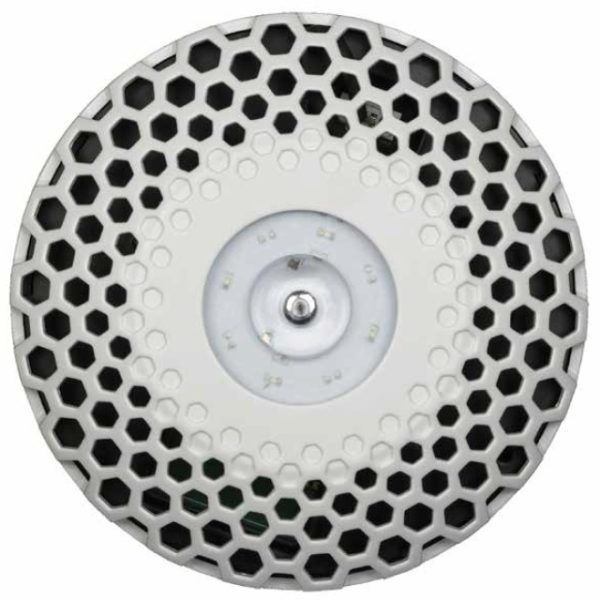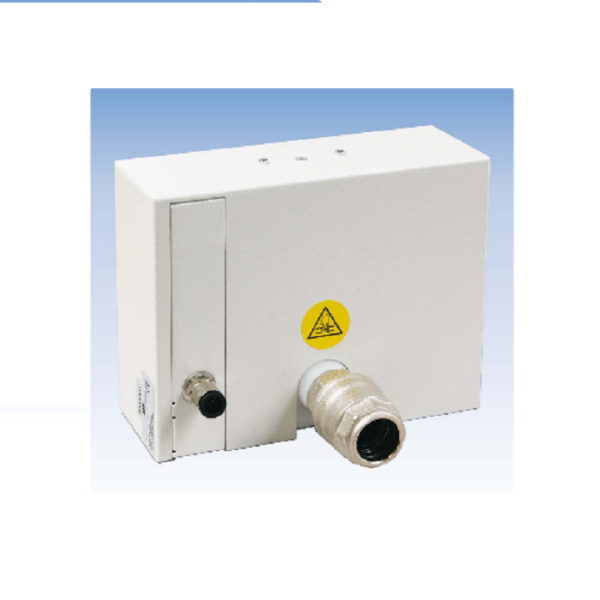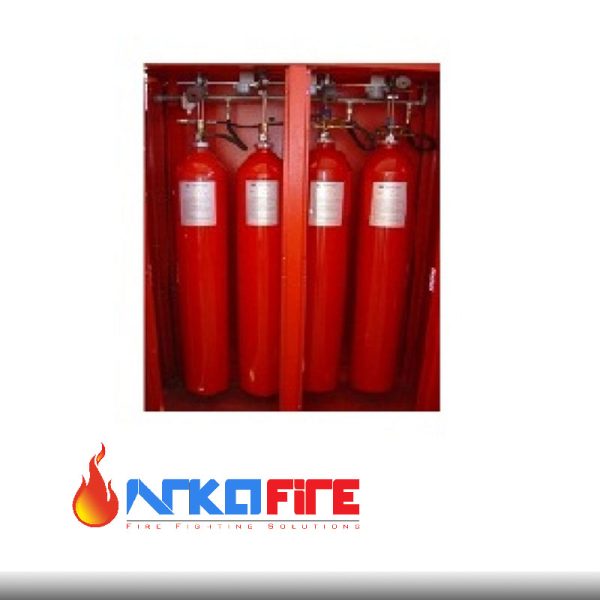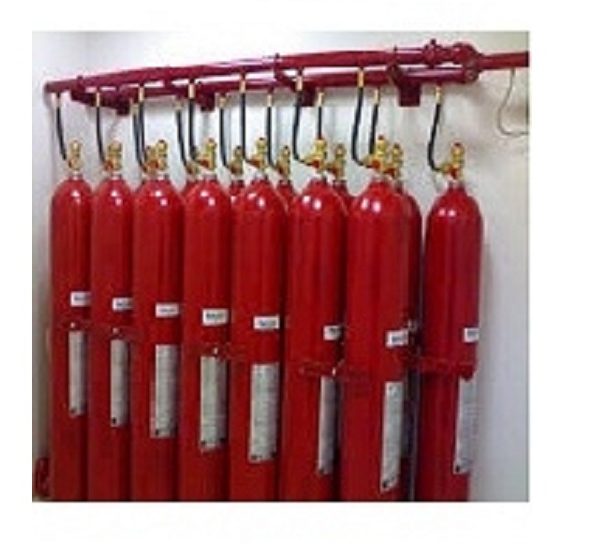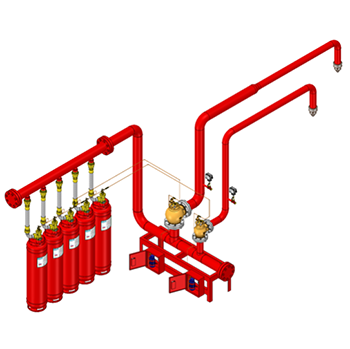Carbon dioxide or CO2 is a colorless, odorless, clean, dry, electrically non – conducting, non – corrosive, none damaging and non-deteriorating inert gas that is approximately 50 percent heavier than air. CO2 fire protection systems can quickly suppress a fire before it can cause damage to Facilities. Carbon dioxide gas has a high rate of expansion, which allows a fire protection system to work fast. When applied to a fire, CO2 provides a heavy blanket of gas that reduces the oxygen level to a point where combustion cannot occur. Since carbon dioxide is a gas, there is no clean-up associated with this fire suppression system discharge. CO2 fire suppression system is extremely versatile, effective on a wide range of flammable and combustible materials and approved for Class A, B, and C hazards According to most famous Codes & Standards. CO2 fire protection systems are available for use in total flooding or local fire protection applications Making it an effective fire protection system for a wide variety of hazards. Some of the more important types of hazards and equipment that Carbon Dioxide may satisfactorily protect include

